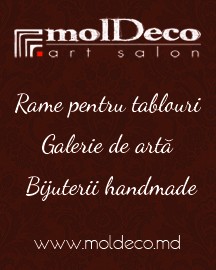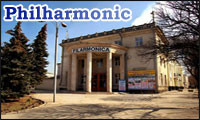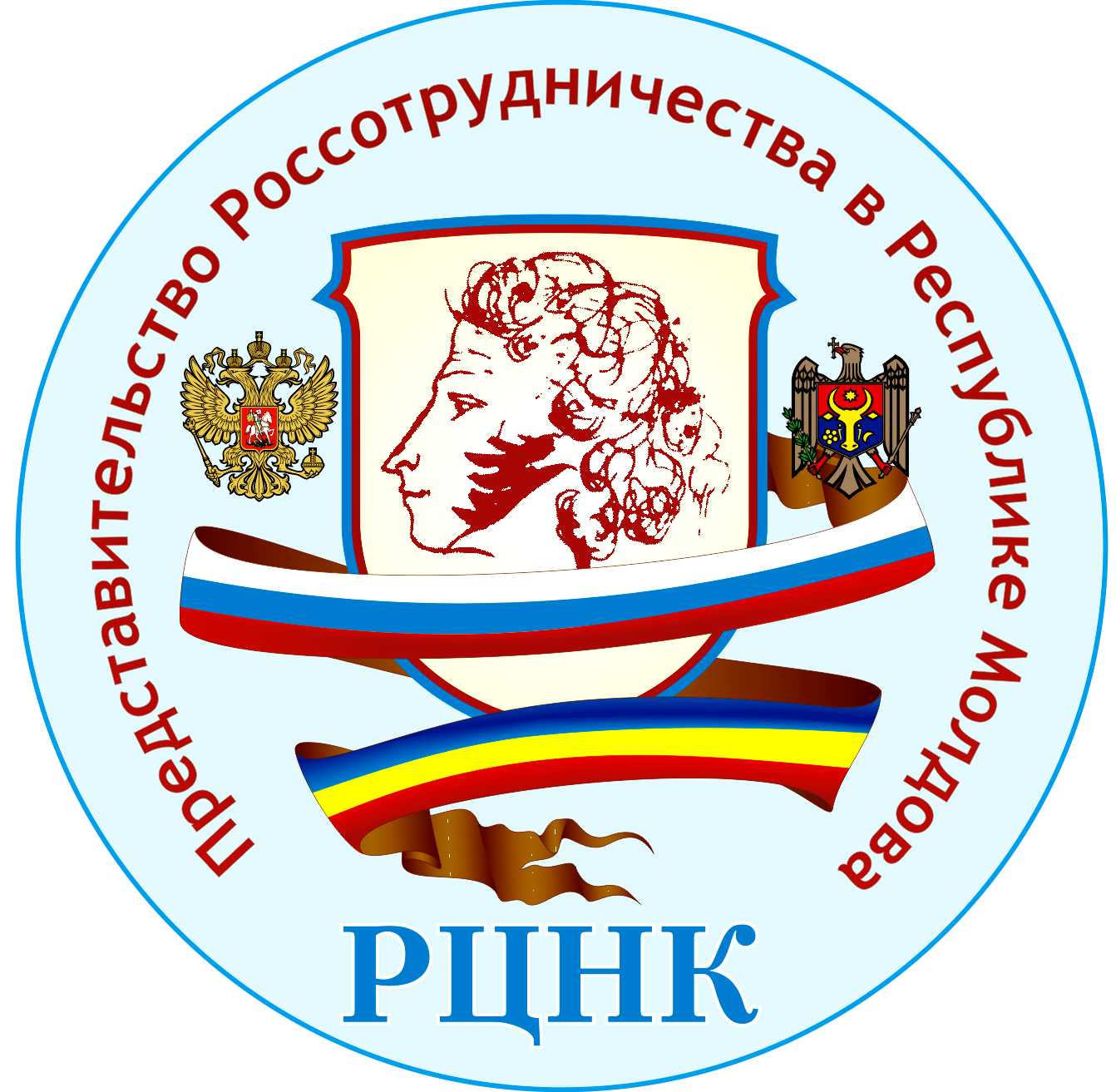Home

Contemporary art is an unusual thing. "The black square" of Malevich is still incomprehensible for the lots of people, not to mention the contemporary art. The work of a contemporary artist is hard to understand if you don't know his background, the context and conditions the work was created in
Tatiana Fiodorova is one of the best known persons from the sphere of Moldavian contemporary art. She was in residence at FUTURA Center for Contemporary Art in Prague in the period June/July 2012, inthe frame of Artist Exchange Program established for artists from Republic of Moldova and Czech Republic. She told to WAVE magazine her experience about the different realities of the art in Moldova
How does it happen that you obtained the residency in Prague?
- It became possible thanks to the internship program between the Centre of Contemporary Art from Chisinau and the Center of Contemporary Art from Prague. The Czech artists have visited Moldova last year and this summer it was our turn to do the same thing. There was organized an open call for the participants from Moldova. As the result I've obtained the art residency in Prague for two months.
Did you manage to enjoy the atmosphere of the Czech capital?
- I fell in love with Prague. I always was told that Chisinau is a green city, but I was surprised to see lots of groomed parks and gardens in Prague. Unfortunately, Chisinau is looking uncared, one of my friends who is an artist told me that it reminds him the jungle.
The main part of my free time during the residency in Prague was dedicated to visiting exhibitions. I was surprised that the state supports contemporary art, museums and galleries. Each year you can send an application form for receiving a grant from the state for developing your creation. It's impossible for the artists in Moldova. Only the Union of Artists works on the such support system. The Center of Contemporary Art from Chisinau survives only thanks to the Western grants. It's evident that your work can't be stable in such conditions.
Which kind of audience attends contemporary art's exhibitions in Prague?
- I didn't expect that there are not so many visitors in the exhibitions; we have the same situation in Chisinau. But Prague has a big priority - it's a touristic place, and among tourists there are lots of people interested in the art. Czech people don't manifest huge interest in the contemporary art. The same thing is for the Czech artists - they are involved in the cultural space of Prague and Czech Republic, but international art world isn't so attractive for them.
The director of the Center of Contemporary Art FUTURA in Prague told me that the process of expanding the audience needs time. Czech Republic also was a part of the socialist camp, so they had the same problems as we have now. Of course, the level of development is different, but I hope that in the future Moldavian authorities also will support cultural institutions which promote contemporary art.
You were not only an observer in the Prague's exhibitions...
- Yes, my first huge personal exhibition was organized at the end of this residency. Before this I mainly took part in the collective exhibitions. I was pleased that my works had been appreciated by the Czech society, lots of people approached to me, asked questions, told me that it's interesting and successful. There has been the national TV also. I really hope for the future collaboration with the organizers of the exhibition.
What about your works?
- My personal exhibition has been about Moldova. I spend the biggest part of my life in Chisinau, so it's easy for me to follow the changes and transformation in our city and country. One of the works I've presented - ten plaid bags, the symbol of the Moldavian gastarbeiters. I decided to put myself in their shoes and have put some quotations which may be connected with the causes of people's migration in the middle of each bag. For example: "Tiredness", "My patriotism is exhausted", "The sky has disappeared here". It doesn't depend which party is in the chief of the state, life in Moldova doesn't improve anyway. The last phrase which I've used in my exhibition is "To run. Where to run?".
You've realized one more project with the social subtext?
- My performance "I walk" has found it's continuation in Prague. It's started in 2009 in Chisinau as a protest action because I was refused to obtain visa in UK. I smeared myself with the black paint, took the plaid bag and had a walk in the center of Moldavian capital. The theme I raised in Prague is more social than personal. It's about the role of the artist in the modern world. The main idea of this performance is: "The world is dirty, the artist must be dirty", it's a replication to the Marina's Abramovich performance "The art is beautiful, the artist must be beautiful".
My performance was organized at the opening of my personal exhibition in the gallery Karlin Studios. In this performance swimming in the dirt, rubbing myself with mud, I was rethinking the role of the artist in contemporary society. Today the artist does not create a high aesthetic value, in terms of beauty, the task of the artist is to be in the middle of the political, social events. Thus, bathing in the public and political mud, the artist should become an instrument of reproofing and expositing society's problems.
You travel a lot. Do you feel the difference between understandings of the modern realities by the artists from different countries?
- I've mentioned that the countries from the former Soviet Union, especially from Russia, Ukraine, Belarus and Moldova made a connection between their works and political, economical and social problems from their countries. This is evident because we are at the transitional period. But nevertheless the world crisis at the West gave an impulse to the new protest artistic movement.
Why doesn't the Moldavian society react to the contemporary artists if they really reflect the social problems?
- Contemporary art is an unusual thing. "The black square" of Malevich is still incomprehensible for the lots of people, not to mention the contemporary art. The work of a contemporary artist is hard to understand if you don't know his background, the context and conditions the work was created in.
The problem is also in the lack of the Moldavian artists who analyze the problems of the society. They are mostly concerned about the beauty and esthetics. That's what our art institutions teach young talents. We don't have any courses or universities which could say the artists that they can create something in the way of contemporary art. The state doesn't support us, so we live in so-called marginal zone, because contemporary Moldavian artists are well known in Europe, but not in Moldova.
Maybe this is because of the lack of interest from the local media?
- I think that Moldavian media are not ready to tell about the contemporary art. Our journalists need to get knowledge in this field. They don't understand what they should write about. I like the way my Belarussian colleagues resolve this problem. They've organized special courses for the journalists and students, where artists are giving them lectures about how the contemporary art should be percepted and understood. When there are some exhibitions in Belarus the participants of the courses have to write about the event. The best article is published in the prestigious art media.
You are working as a teacher in the traditional art school for kids. How do they react to the contemporary art?
- From my point of view kids should pass the basic art school, to learn how to draw. You can't tell them about the contemporary art "from the zero", because the understanding of this sphere comes to you a bit later. Our school has made a project in collaboration with the teachers from the School of Arts from Poland. Works of my students, made after the lections with the European teachers surprised me in the positive way. But in the working process some of them told me that their parents don't understand the abstract forms and objects they made. However after the exhibition's opening parents thanked me for showing their children something unusual and unconventional.
Which are your future projects?
- A new school year has started recently, so I will be giving a lot of time to teaching. Of course, I have applied for participation in various international cultural events and grants. Now I'm looking forward to the results.
Marina Shupac

















































